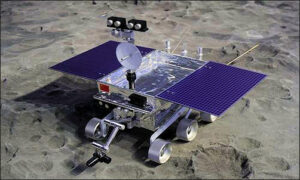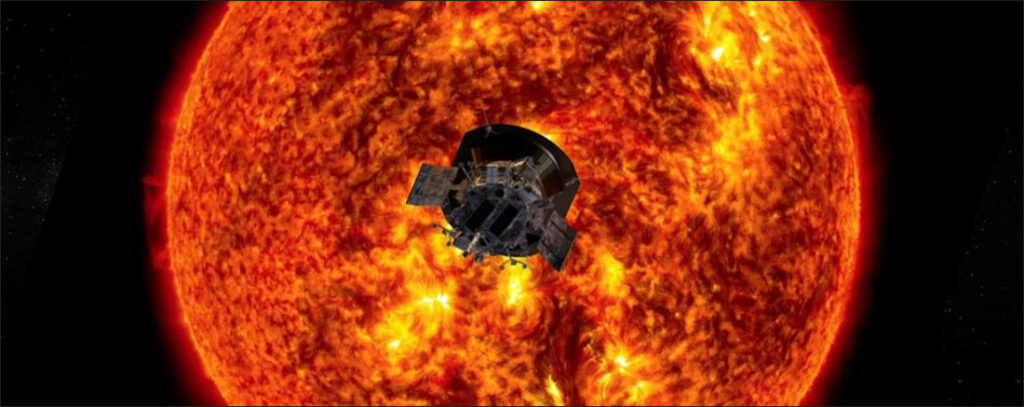
The Parker Solar Probe has yielded considerable insight into the formation and structure of solar winds, providing scientists that hopefully will help them better predict when mammoth ejections of solar material will occur. Coronal mass ejections can disable communications and defense satellites and can harm astronauts outside of Earth’s protective electromagnetic field.
Launched in August 2018, the probe has passed closer to the sun than at any previous spacecraft in history. The vessel is equipped with a suite of high-tech instruments engineered to withstand the sun’s blistering heat — it will pass within 15 million miles of the sun, compared to the 36 million miles of Mercury’s orbit. Instruments include five antennas, an image maker, and devices that measure the energies of different particles.
The mission’s goal is to “understand the sources and structure of the solar wind up close right as it leaves the sun,” said physicist Stuart Bale of the University of California-Berkeley, in the press conference reported by Popular Mechanics. “What Parker has done has got us closer than ever to the Sun and now we can really see a lot of structure and we can see in this case we can clearly see a source of the wind.”
Among the key findings so far: more “Parker Probe Plumbs Secrets of Solar Wind”

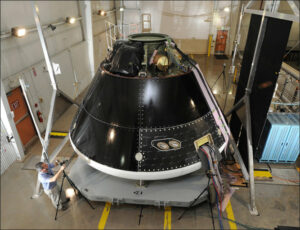


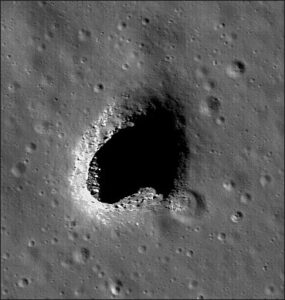
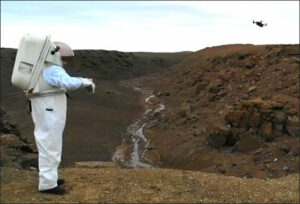 Collins Aerospace and Ntention, a Norwegian startup. are developing “smart gloves” that hopefully will allow astronauts to direct the movements of drones on the Moon and Mars.The collaborators recently conducted their first field test of the gloves at the Haughton-Mars Project Research Station in Canada’s high Arctic, reports
Collins Aerospace and Ntention, a Norwegian startup. are developing “smart gloves” that hopefully will allow astronauts to direct the movements of drones on the Moon and Mars.The collaborators recently conducted their first field test of the gloves at the Haughton-Mars Project Research Station in Canada’s high Arctic, reports 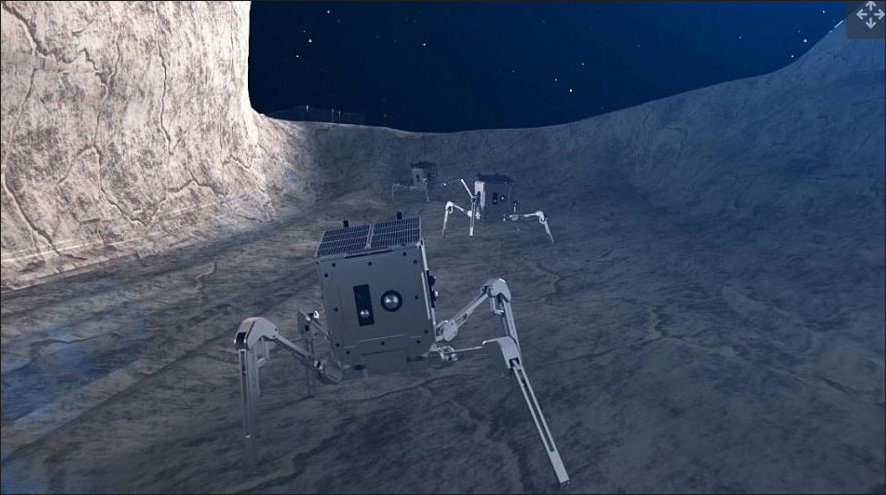
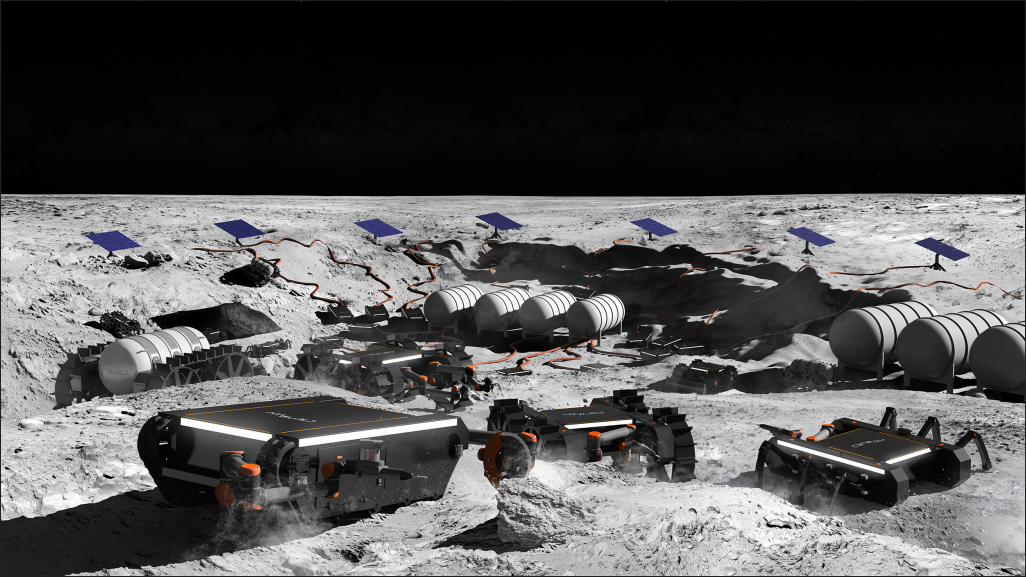
 The Moon Village Association (MVA), dedicated to the peaceful exploration and settlement of the Moon, is proposing a symbolic event on the Moon to coincide with the opening ceremony of the Olympic Games, either in 2024 in Paris or 2026 in Milan/Cortina.
The Moon Village Association (MVA), dedicated to the peaceful exploration and settlement of the Moon, is proposing a symbolic event on the Moon to coincide with the opening ceremony of the Olympic Games, either in 2024 in Paris or 2026 in Milan/Cortina.